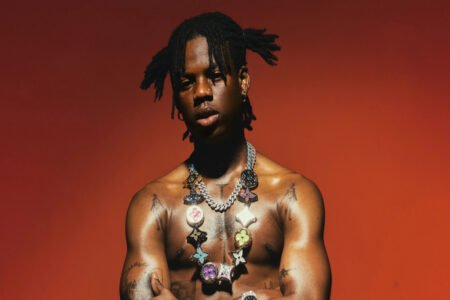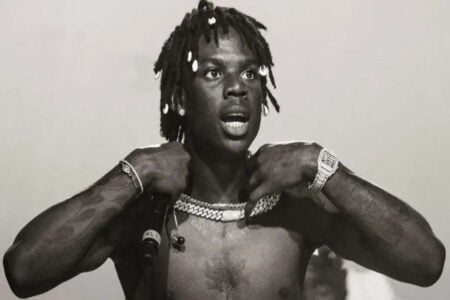African culture is not complete without music, which is a potent tool for celebration, storytelling, and communication. The continent is home to a staggeringly broad range of musical traditions, each with its own unique voice styles and approaches. Using several notable styles from various locations, we set out on a journey in this article to explore the interesting world of traditional African voice techniques.
Call and Response
The call and response is one of the most common and recognized vocal styles in African music. In this method, a lead vocalist or group of singers introduces a melodic line or phrase, to which a chorus or the audience responds or echoes. African music genres include gospel, spirituals, work songs, and traditional folk music all contain call and response. It develops an interesting and participatory dynamic that encourages participation and a sense of belonging.
Polyphony
Polyphony refers to the simultaneous singing of two or more independent melodic lines. In many African vocal traditions, polyphony is a fundamental element. Singers weave intricate and interlocking melodies, resulting in complex harmonies. This technique can be heard in the music of several African regions, including Central Africa (e.g., Pygmy vocal ensembles) and Southern Africa (e.g., Zulu and Xhosa choral music). Polyphonic singing showcases the collective spirit and musical prowess of African communities.
Mbube and Isicathamiya
Originating from South Africa, mbube and isicathamiya are distinct vocal styles known for their harmonious a cappella singing. Mbube, meaning “lion” in Zulu, gained international recognition through Solomon Linda’s iconic song “Mbube,” later popularized as “The Lion Sleeps Tonight.” This style features a soloist delivering a powerful lead melody accompanied by a group providing rhythmic and harmonic support.
Isicathamiya, meaning “to walk or step lightly” in Zulu, emerged as a response to the harsh conditions experienced by Zulu migrant workers in the early 20th century. Isicathamiya groups perform intricate harmonies with smooth, gliding movements, often in a competition format. The renowned Ladysmith Black Mambazo exemplifies the beauty and cultural significance of these vocal traditions.
Griot singing
In many West African civilizations, griots—or oral historians and storytellers—occupy a valued status. Rich, melodious narratives are sung by griots while being accompanied by traditional instruments like the kora or balafon. Griots use their vocal skills to transmit cultural traditions, historical knowledge, and wisdom from one generation to the next. This voice technique captures the essence of African storytelling by creating strong feelings and retaining communal memory.
Pygmy Overtone Singing
Pygmy overtone singing is a rare practice that originated in Central Africa. Using this special method, singers can emit several tones at once, resulting in a captivating soundscape. Pygmy singers create eerie tunes with harmonic overtones by manipulating their vocal cords and taking use of the resonance properties of their environment. The vocal technique is intricately woven within Pygmy culture and frequently used in ceremonials, ritualistic hunts, and social gatherings.
Traditional African voice styles and methods bear witness to the rich and varied musical legacy of the region. Each style holds its own specific cultural value, from call-and-response patterns that encourage communal interaction to the rich harmonies of polyphony. African vocal traditions continue to inspire and enthrall audiences around the world, whether it is through the soul-stirring melodies of mbube and isicathamiya or the compelling storytelling of griot singing. We obtain a deeper knowledge of the complex tapestry of African musical expression by recognizing and comprehending these voice approaches.
Image Credit: momaa.org







